
Jon Henderson, who helped shaped the Morey MACH12 MDS, gives us some quick tips to help you along your ride.
What types of waves/beaches are best for learning to bodyboard?
When learning to bodyboard, it is important to avoid dangerous beaches with rocks, swift currents, or big waves. Look for a beach with a lifeguard on duty, and ask them about the ocean conditions (i.e. tide, swell, currents, etc.). Smaller, gently breaking waves in the 2’-4’ size range are best for learning.
How do I steer a bodyboard?
Turning a bodyboard is easy. Once you have caught the wave, shift your weight toward the direction you want to turn. It helps to lean onto your elbow to tilt your board in the direction you want to go. As you progress, you can even use your legs and entire body to perform more powerful turns.
What equipment is needed to bodyboard?
The great thing about bodyboarding is that, in ideal conditions, all you need to get started is a bodyboard and the ocean waves. However, a leash is recommended to keep you safely attached to your board, swim fins are typically preferred by experienced bodyboarders, and cold water might require a wetsuit.
Should I use swim fins when bodyboarding?
You do not need swim fins to start enjoying the thrill of bodyboarding. But as you progress, you will certainly want to wear swim fins. The iconic Churchill brand is the classic fin type for bodyboarding, and provide a huge advantage over kicking without fins.

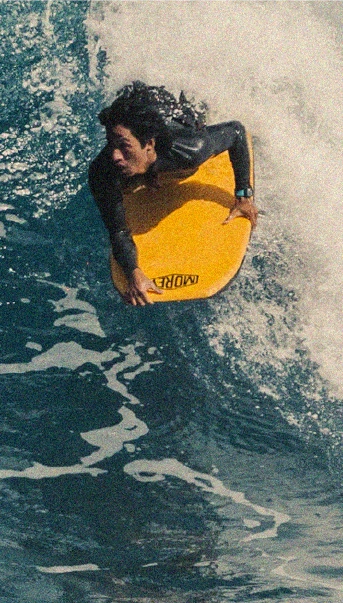
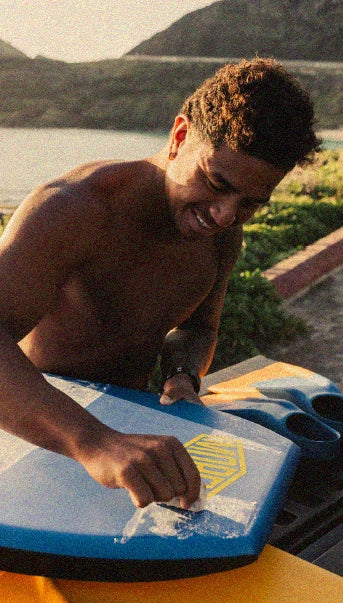
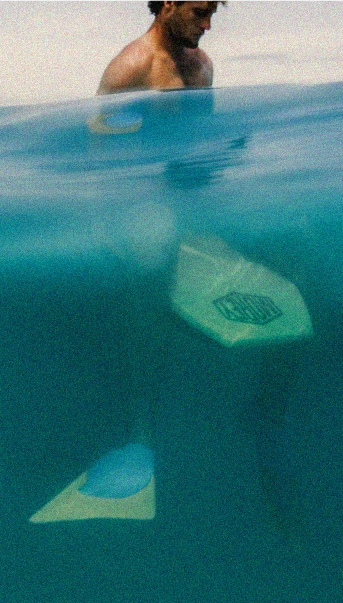
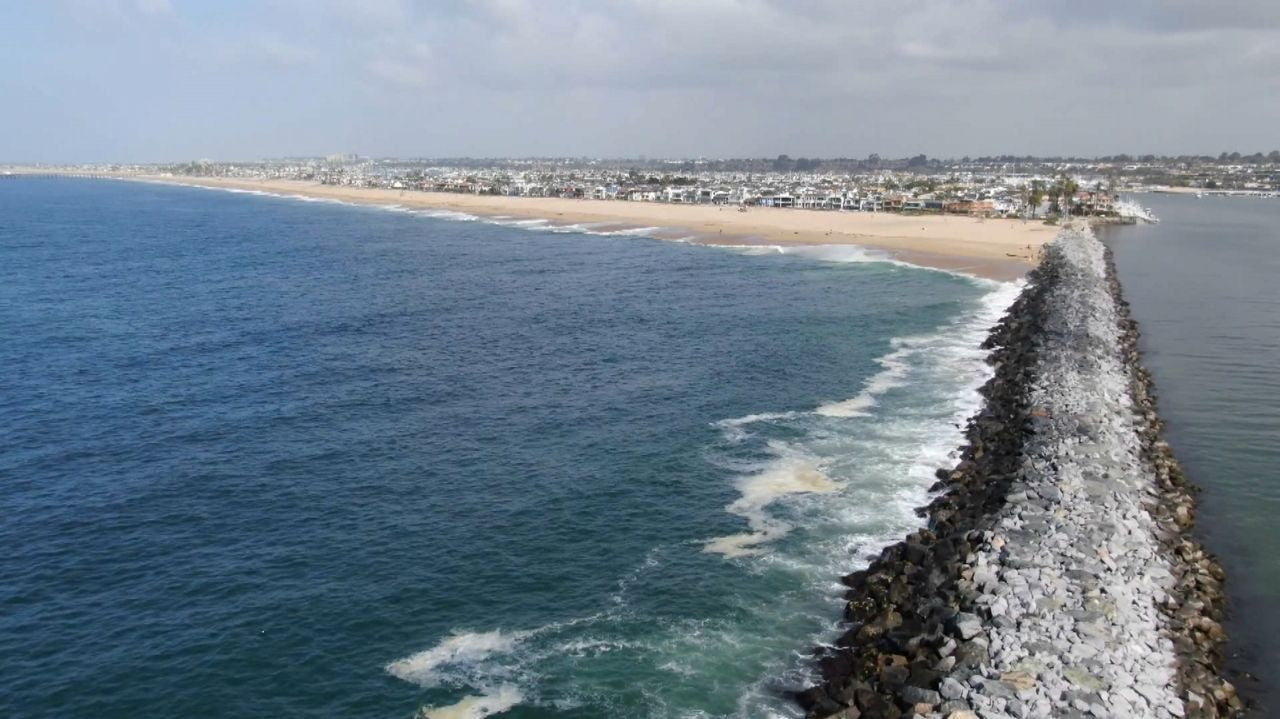
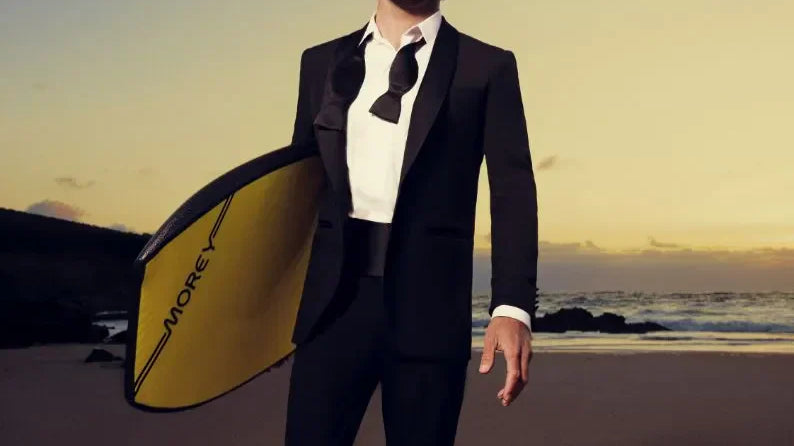
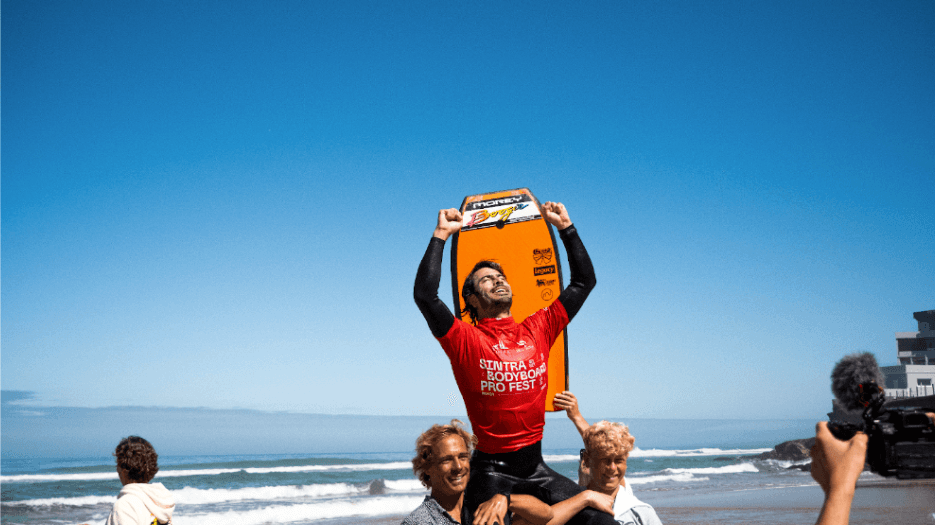
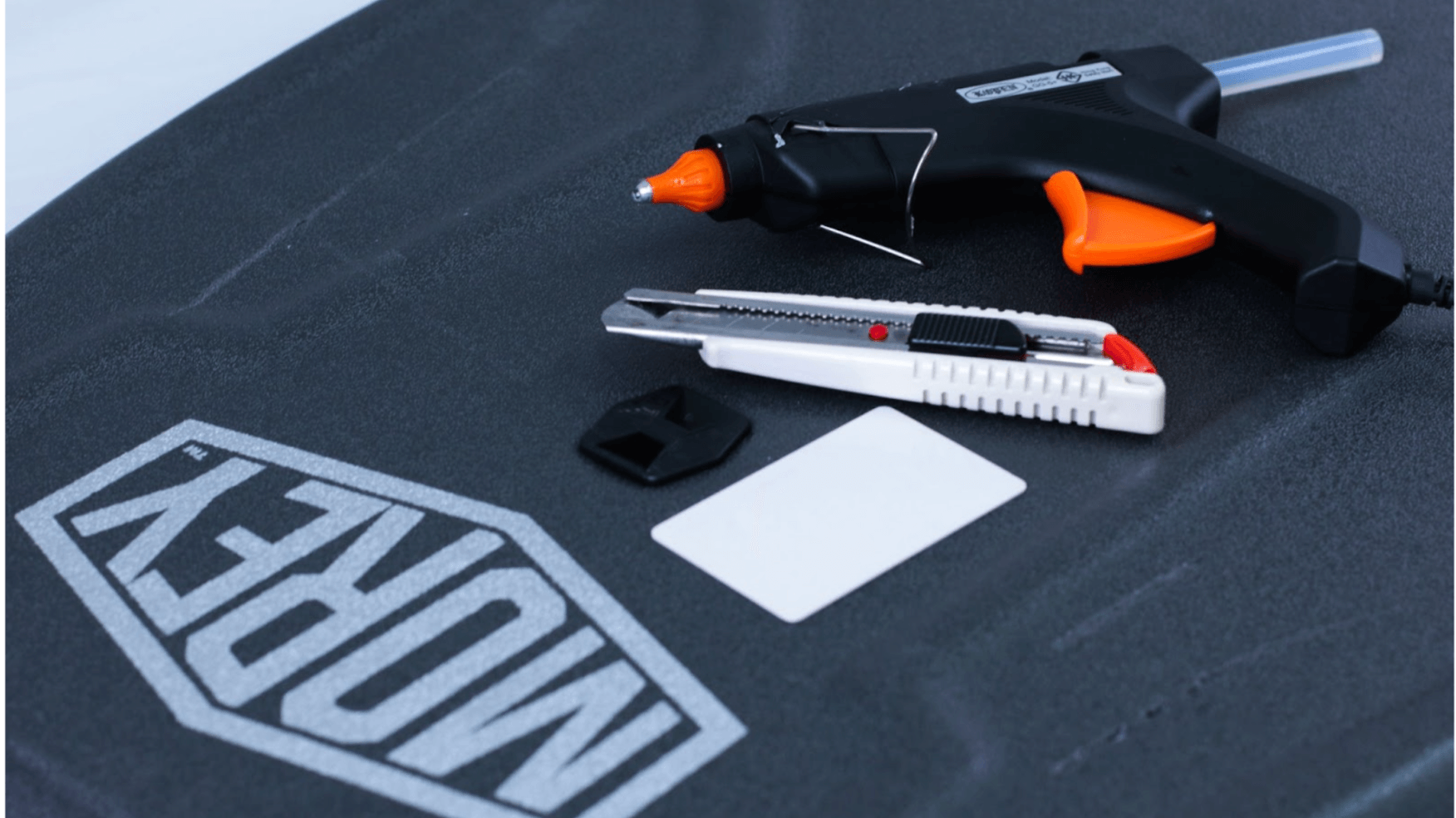
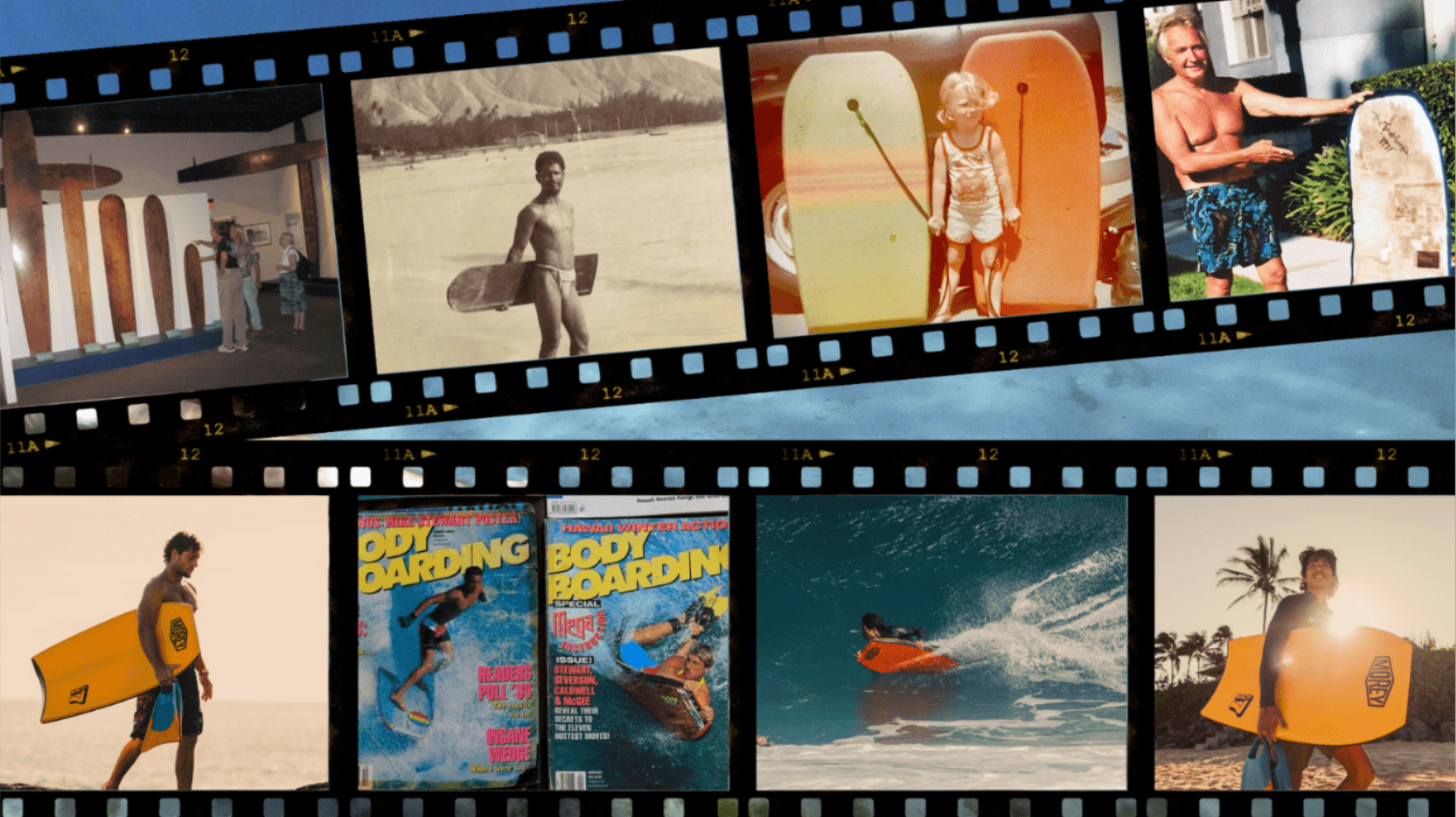
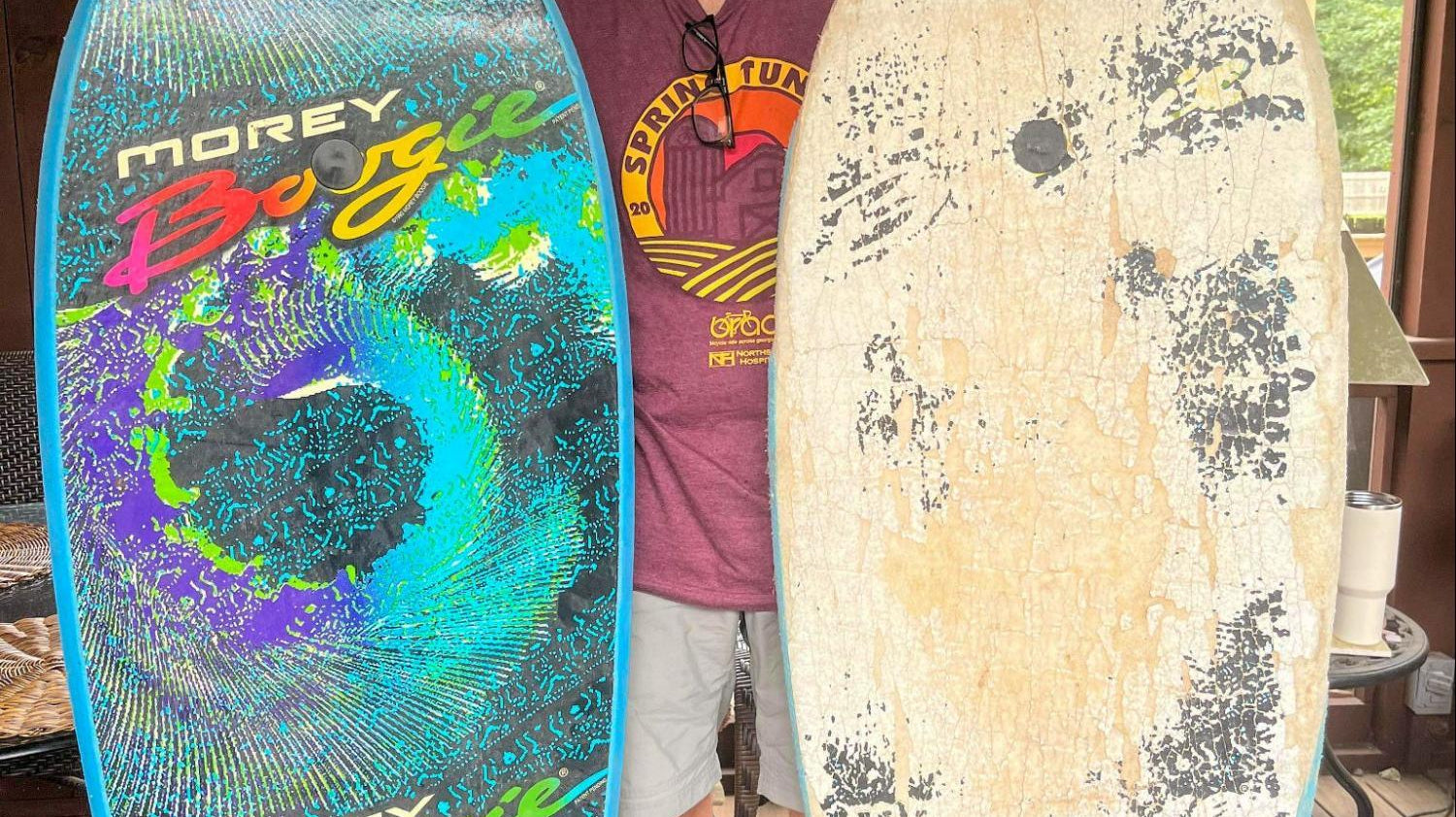
Comments
Back in the 80’s I had 3 of your boards with a plate in the center for stronger support. They all had tiger stripes. They also had slots on the bottom to screw in fins. Is that something I could special order. I know it’s been several years now, besides them lasting 15 years, best boards I ever owned. Thank you.